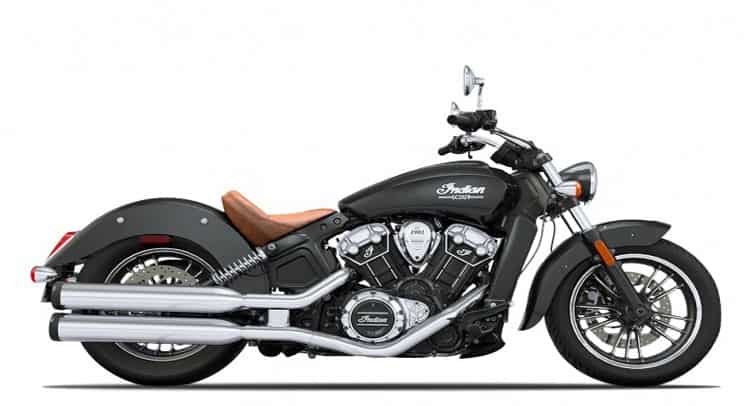
Research@ SMS: Innovative Design for Motorcycle Engines Powered by Compressed Air
Most motorcycles in the world today use engines that burn gasoline, contributing to greenhouse gasses and adding air pollution to the surrounding area. Now two scientists in India have conceptually designed a new, cleaner motorcycle engine that uses compressed air to turn a small air turbine, generating enough power to run a motorcycle for up to 40 minutes.
The use of compressed air for running prime mover like air turbine offers a potential solution to these issues because it does not involve combustion in producing shaft work. The great advantages such as availability of air as fuel and the absence of emissions are also apparent from air motors. Compressed air driven prime movers are also found to be cost effective compared to fossil fuel driven engines. Such prime movers have perennial compressed air requirement, which needs some source of energy for running the compressor. The overall analysis shows that the compressed air system is quite attractive option for light vehicle applications. The energy conversion technology based on compressed air is in state of infancy, but worldwide researches are going on to make it a sustainable alternate for transport and other utilities. Pioneering work in the area of compressed air engine has been done by the French technologist Negre and also by an inventor of a quasiturbine, Saint Hilaire. For running a compressed air driven engine, the compressed air energy storage system can be filled up to 20 bars of pressure. In view of these attractive features, the compressed air engine may become the dominant technology in place of the electric and hydrogen vehicles. The air engines developed so far are basically running on hybrid systems such as compressed air and gases and are not 100% pollution less. A study on high efficiency energy conversion system for liquid nitrogen, design and verification of airfoil and its tests, influence of tip speed ratios for small wind turbine, and parabolic heat transfer and structural analysis were also carried out for conceptualizing the energy conversion system and design of the air turbine. In the paper the study and analysis of a very small capacity air turbine with vane type rotor have been carried out to study the effect of vane angle and inlet air pressure variation on air turbine performance. Their design, described in a recent issue of the Journal of Renewable and Sustainable Energy, could be combined with a compressed air cylinder as a replacement for traditional internal combustion engines. In areas where motorcycles are a major source of public transportation, such a technology could cut emissions substantially if widely implemented.
According to Bharat Raj Singh, one of the two authors on the paper and a researcher at the SMS Institute of Technology in Lucknow, India, some 50 to 60 percent of present emissions in some areas could be reduced with the new technology, though a number of technical challenges remain. Designing a compact but high-capacity air tank to store sufficient “fuel” for long rides is a major hurdle. Existing tanks would require someone to stop about every 30 km (19 miles) to swap tanks.
Here is an excerpt from white paper which has been published JRSE (Journal of renewable & sustainable energy) by these 2 Indian Engineers:
The use of compressed air for running prime mover such as air turbine offers a potential solution to these issues as it does not involve combustion in producing shaft work. The great advantages such as availability of air as fuel and the absence of emissions are also apparent from air motors. Compressed air driven prime movers are also found to be cost effective compared to fossil fuel driven engines. Such prime movers have perennial compressed air requirement, which needs some source of energy for running the compressor. The overall analysis shows that the compressed air system is quite attractive option for light vehicle applications.
The article, “Study of the influence of vane angle on shaft output of a multi-vane air turbine” by Bharat Raj Singh and Onkar Singh was published May 6, 2010 in the Journal of Renewable and Sustainable Energy.
